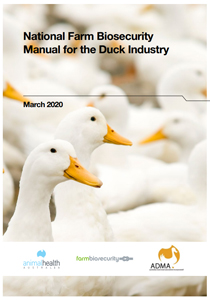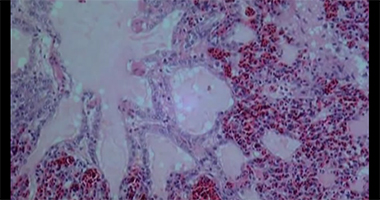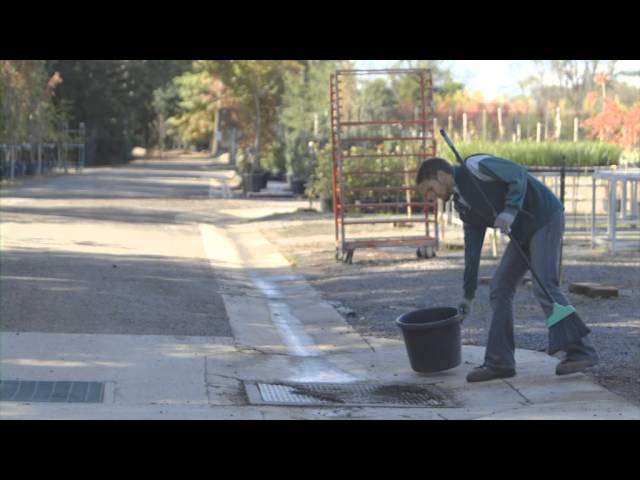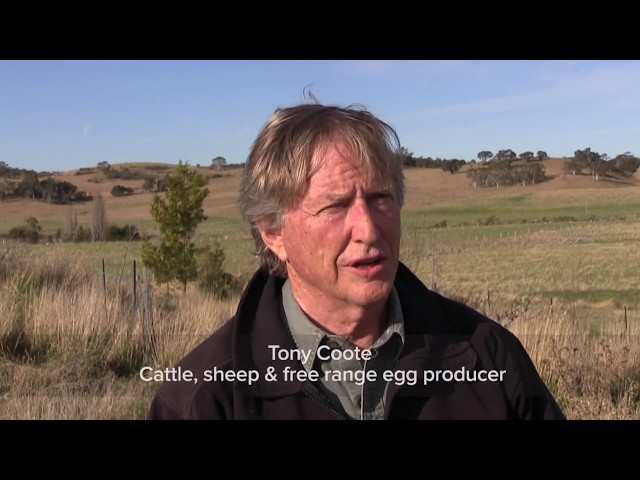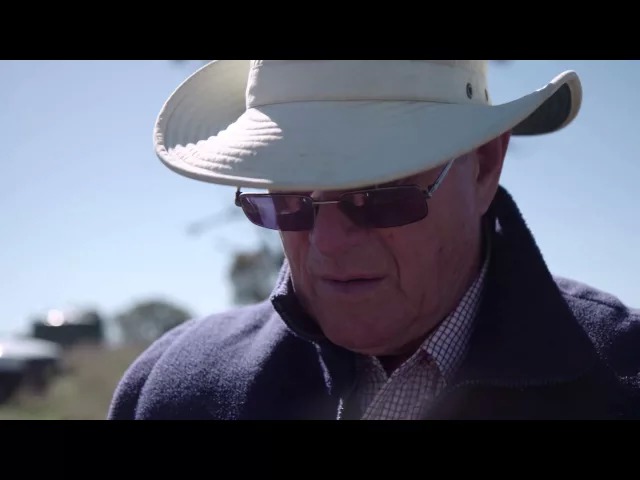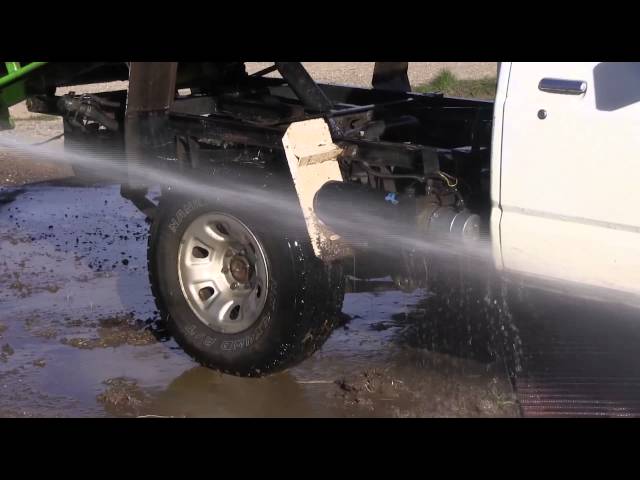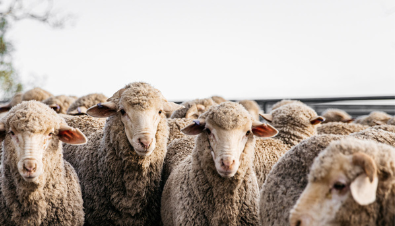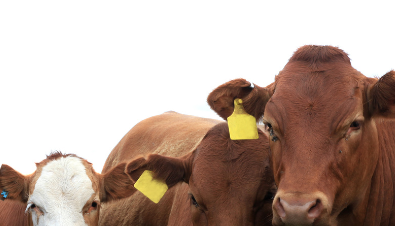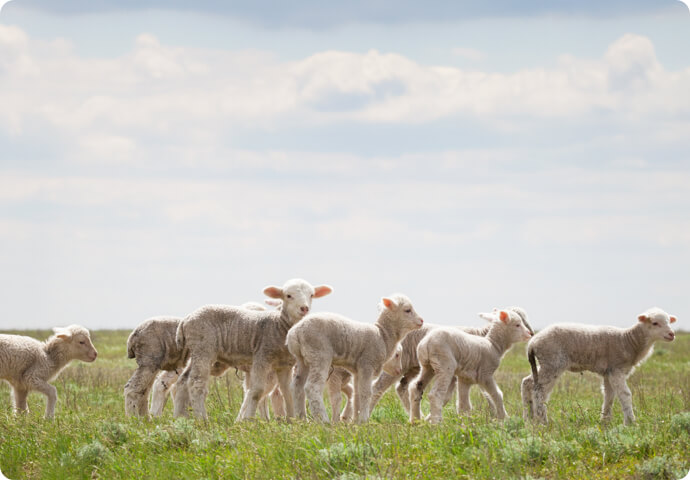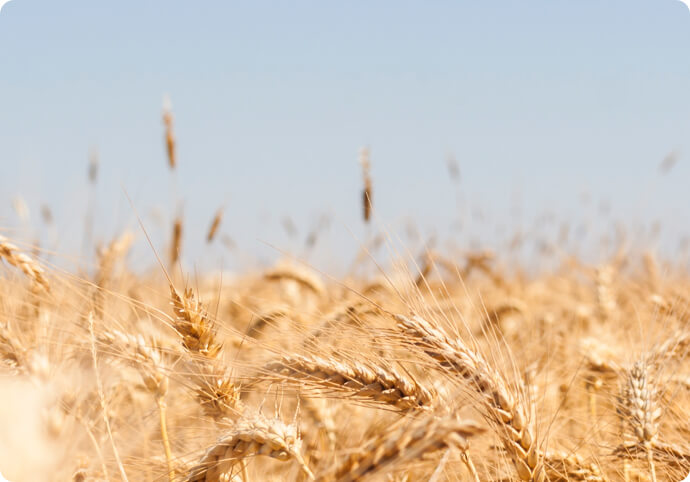You have an important role to play in protecting your property and the entire duck meat industry from biosecurity threats
Disease alert: Avian Influenza (AI)
AI is a highly contagious viral disease that affects birds. With the recent outbreak in Victoria, poultry owners are advised to be vigilant and take biosecurity seriously. Click here to learn more about the disease and here to find key resources for managing an AI response.
On this page, you will find the tools to implement the simple, everyday biosecurity practices to protect the health of your livestock, limit production losses and help maintain market access for Australia’s duck meat producers.
The recommended on-farm biosecurity practices for duck farmers are provided in the Farm Biosecurity Manual for the Duck Meat Industry, developed by the Australian Duck Meat Industry Association. The manual aims to prevent infectious diseases from coming into duck production facilities or spreading from an infected area to an uninfected area. It identifies areas of risk common to all duck enterprises along with appropriate measures to minimise these risks.
Biosecurity toolkit
As a duck producer, the best way to protect yourself from biosecurity risks is to keep diseases, pests and weeds off your property. The duck meat biosecurity manual contains a suite of tools to help farmers implement a comprehensive property biosecurity plan:
More information
National Farm Biosecurity Manual for Poultry Production
This manual establishes a minimum set of biosecurity standards applicable to all poultry producers. While the manual was produced with commercial producers in mind, the principles of good biosecurity apply to any poultry or bird-raising operation.
National Water Biosecurity Manual – Poultry Production
The manual identifies what water sources are safe to be used by the Australian poultry industry, which is an important issue because contaminated water can cause disease outbreaks.
Interim guidelines for persons working with poultry and other birds at risk of highly pathogenic avian influenza
The guidelines provide summary information on avian influenza, and specific health and safety advice for personnel involved in the handling, farming or processing of poultry and poultry products, and other workers who may be exposed to birds or their associated products (secretions, faeces, litter, eggs and meat), potentially contaminated with highly pathogenic avian influenza.

